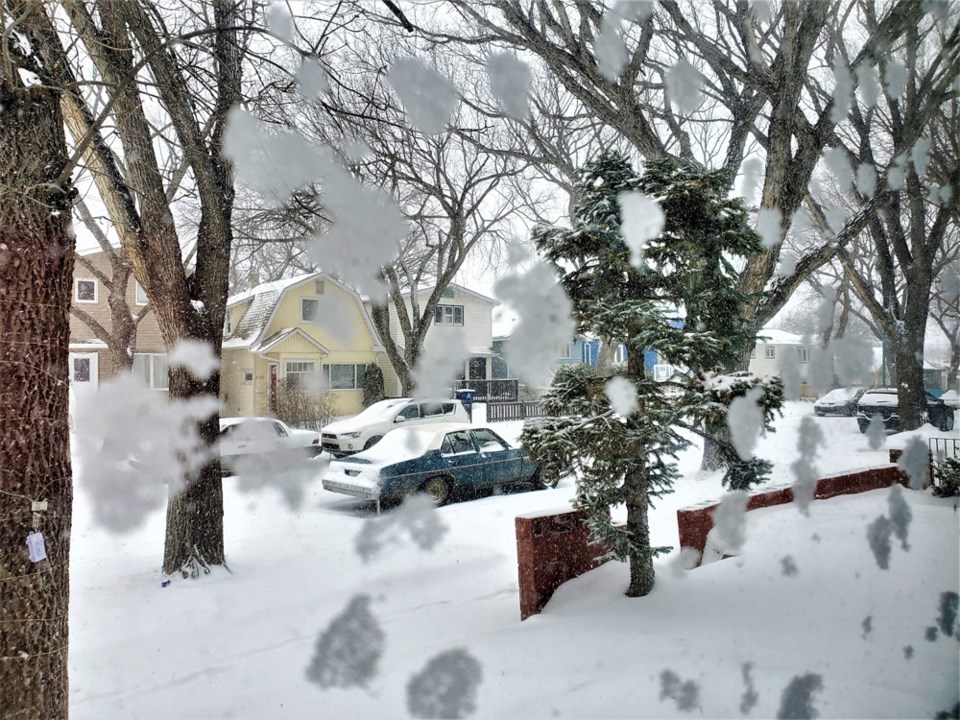SASKATOON — Saskatoon city council approved on Monday the Winter Roads Emergency Response Plan, which would provide additional staffing and resources to help restore vehicle traffic and other forms of mobility after a blizzard or snowstorms.
The city, during winter, has an accumulated snowfall of at least 25 centimetres that can minimize movement in the streets, especially preventing light vehicles from travelling.
The administration developed the WRERP after last year’s November snowstorm that dumped 30 to 40 centimetres of snow. City staff worked day and night to clear the snow, using all available resources — including contractors — in restoring daily life in the city.
“We have a fine-tuned response plan for snowstorms that we scale up for the handful of times each year when more than five centimetres of snow accumulates. And now, this plan is a more robust, multi-agency strategy for a future extreme event like we saw in November, allowing us to respond faster and more efficiently city-wide,” said Roadways, Fleet and Support Director Goran Saric.
The Administration developed the response plan based on the lessons taught by the November 2020 blizzard and studying similar cases in other cities that experienced the same severe weather conditions. The input of other agencies and stakeholders was also taken in to ensure the approach is fit for the entire community.
Emergency Planning Director Pamela Goulden-McLeod also reminded the public that they too must have their own emergency plan in case of snowstorms. “Residents should always have a 72-hour emergency plan for any emergency event.”
“You should be prepared to take care of yourself and your family for a minimum of 72 hours (three days). It could take that long for emergency services to reach you in a city-wide emergency at any time of year.”
Previously, the City received 36 centimetres of snowfall in one day during an extreme blizzard in 2007. Weather projections, based on a 30-year historical data for the City, indicate the same weather phenomenon may happen again in 10 to 14 years.
And with inclement weather predicted to be more frequent and severe due to climate change, the incidents of extreme blizzard or snowstorms in the future may increase — an example might be one occurrence in every seven years.





